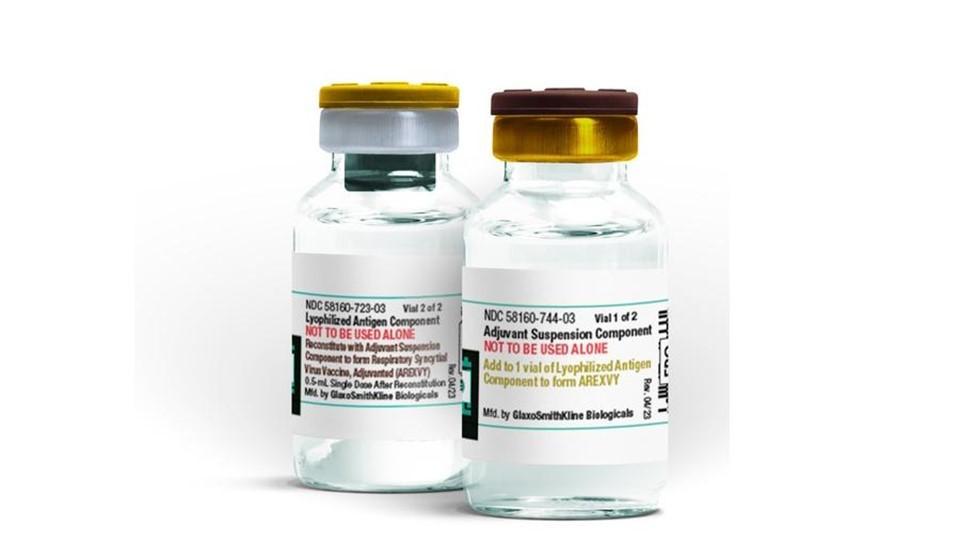Device ad-vice: marketing medical devices on a global level

Meg Nohe
HCB Health
In this final part of the device-ad-vice series, Meg Nohe offers her advice on marketing medical devices at a global level and explains why it all starts with listening.
(Continued from part 5 of the Device as-vice series: “Device ad-vice: “three tips for positioning medical device brands”)
Recently, my husband and I bought a house and moved to a new neighborhood. As we spent the first few days getting our bearings and meeting neighbors, I had the pleasure of learning that my new next door neighbor recently moved to the United States from France, where she was an advertising executive for one of the largest ad agencies in the world. At this agency, her job centered around managing two global brands, where she was in charge of ensuring consistency across 28 different countries.
This initial meet-and-greet with my new neighbor turned into an hour-long discussion about the thrills (and challenges) of managing a brand on a global level. As a device marketer who works with many regions outside the U.S. myself, we had a lot to talk about.
This conversation really got me thinking about how much I've learned over the past couple of years working with clients whose brands are marketed in many countries. After all, the strategy and messaging that work in the U.S. may not work in France, Japan or Brazil. Not to mention, when you are talking about medical devices, you are talking about very intricate and complicated pieces of machinery that can be challenging to market in your native country, let alone among other cultures.
 ,
"Every market is going to have its own challenges."
 ,
With that in mind, here are a few tips for working with a medical device brand that spans many regions:
1. Understanding equals listening. Every market is going to have its own challenges. And it’s going to take some time to understand these challenges in order to devise the most impactful approach in these markets. The best place to start is to listen—really listen—to your regional marketing counterparts. Really understanding their needs precedes strategy development. I once had a global client who coached his team on the best strategy for managing regional counterparts. His advice was really quite simple: “First, listen. When you think you fully understand, ask another question and listen some more. Only THEN can you take action.”
2. Learning the culture is essential. Half of the equation involves understanding your regional counterparts and their needs / issues. The other half involves understanding the culture they work within. How you approach the strategy, and for that matter the campaign that launches in that region, may vary greatly once you understand the nuances of their people and heritage. Sometimes the small things will surprise you. During a naming exercise for a new respiratory device, we learned that the number four is considered unlucky in some Asian cultures. That steered us far away from that particular digit in our naming strategy. It pays to pay attention to cultural differences.
3. Flexibility is vital. In the role of a global marketer, it can be challenging dealing with the magnitude of people you are trying to corral. Our team recently scheduled a meeting with one of our clients and a handful of their key regional managers. Looking at a multitude of time zones across several countries, we determined that the sweet spot was 6 a.m. U.S. Central Standard Time. That way, no one had to jump on the conference call before 6 a.m. or after 9 p.m. in their respective time zones. This call proved to be invaluable, as we were able to get real-time feedback from different countries on creative executions we were considering for a staged regional launch. That one important call made all the difference—and flexibility was the reason it worked. A chain of emails never would have sufficed.
"During a naming exercise for a new respiratory device, we learned that the number four is considered unlucky in some Asian cultures."
4. Timing is everything. In a perfect world, launches would take place simultaneously around the world. Wouldn’t that make things easier in this digital age of instant information? The reality is that different national governing bodies function at very different paces. Approvals of the very same device with the same indications may happen (or not) on different schedules depending on the country and its regulatory processes. Knowing this on the front-end and planning accordingly for your product’s launch is essential when working in the global market place. Example: A laser product we market received CE marks in Europe in February 2010, but U.S. FDA approval wasn't granted until December 2011. Knowing up front that approvals would be severely staggered, our team was able to create a launch strategy that worked in both regions.
5. Adopt a global mindset. As I mentioned in tip two, it’s important that we do our homework to ensure that a given campaign / strategy won’t fall flat within a region outside of our American turf. A couple of years ago, our team came up with a conceptual idea for a global device brand that centered around a fortune cookie. When we took the concept to our regional counterparts for review, we learned that the idea didn’t translate well in one of the Asian countries. Since this country was such an important one to the success of our brand, we opted to take a different approach to the campaign to ensure its success.
Of course there are going to be times when a strategy / campaign resonates better with one region than another. In scenarios like this, it’s beneficial to have strong, communicative relationships with your regional counterparts so you can collaboratively tailor the messaging to best fit the needs of their markets.
In my experience, marketing medical devices on a global level has proven to be a challenging but very rewarding experience. When executed well, and planned collaboratively, a global brand campaign can act as the glue that ties many markets together.
As I enjoyed talking with my new neighbor about her experiences working as a global marketer, I love hearing other industry stories and learnings as well. Feel free to reach out to me to share similar stories and experiences.
About the author:
Meg Nohe is a senior account executive at HCB Health in Austin, Texas, one of the top 25 independent healthcare communications agencies in the U.S. Her experience blends consumer and clinical advertising with medical device and pharmaceutical sales.
A graduate of the University of Kansas, Meg joined HCB Health two years ago after spending a few years in the field for Pfizer and Stryker, gaining a robust understanding of the clinical landscape.
HCB Health's medical device credentials include work with numerous companies in the global healthcare space, including Alcon Labs (a Novartis company), Medtronic, Covidien and McKesson.
For more information, email Meg at meg.nohe@hcbhealth.com or visit http://www.hcbhealth.com/.
What are your top global marketing tips?












